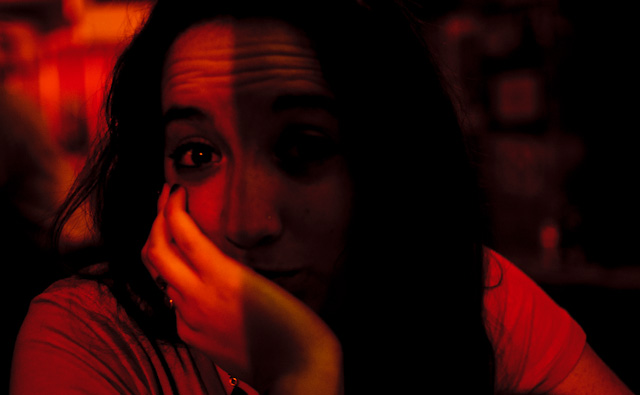You never know when or where or why a discussion about lens filters will pop up, but one thing you can count on: Strong, long-held, unmovable opinions… for and against. “I would never put a cheap piece of glass between my high quality lens and my subject.” “You’re crazy not to take that extra step to protect your expensive high quality lens!”
When I first started out I was influenced by the “protect the lens” camp. It just made sense to take every precaution against damage to the front element of my lenses. I always used a lens hood, my lens cap (when I wasn’t losing it!) and always had a decent UV filter attached. Because, you just never know.
Later on I started to lean more towards the “nothing comes between my lens and my subject” camp. I saw big name photographers walking around with the most expensive glass in the world with no filter of any kind! Most of them were content to rely on the lens hood for protection. Up until fairly recently, I’ve remained in that camp. No cheap glass over my quality lens. I came to take for granted that if you put another piece of glass in front of the lens it’ll degrade the image, even if by just a small amount.
As mentioned above these conversations can manifest anytime, anyplace. As like the other day over at Burn Magazine. After reading a few comments, and being the scientifically minded person I am, I decided to do my own obvious experiment. Something, inexplicably, I’d never done before. Take two identical photos, under identical conditions and compare. (what a novel idea, I know!)
I made the photos. One filter on, one filter off. (BTW, I used a B+W UV filter) Brought the images into Lightroom, blew them up to 100% and… I could discern no difference. I toggled back and forth several times. First slowly then more quickly and there was just nothing that stood out. No degradation that I could tell with my own naked eyes.
When I first thought to make this post, I thought for sure I’d post the images so you the reader could download and do you’re own comparison. But now I honestly think it’s best that if you want to know for sure, if you really want to challenge your own current thinking, you should do you’re own experiment. It’s easy and costs nothing. Now, there are good quality and not so good quality filters out there. So that has to be a consideration.
Personally, I still think I’ll use filters sparingly. When on a job site (with lots of dirt) or at the beach with sand and salt blowing around, I’ll keep the UV filter attached. There is the issue of flare, but that’s easily seen when it’s happening and you can just remove the filter. Or, as some do, take advantage of it for effect.
The UV filter has its uses, for sure.
But if you decide go the route of the purists (no filter ever!) you’d be wise to at least use the lens hood, and if you can keep from losing it, your lens cap as well. Except when you’re shooting, of course. 🙂







